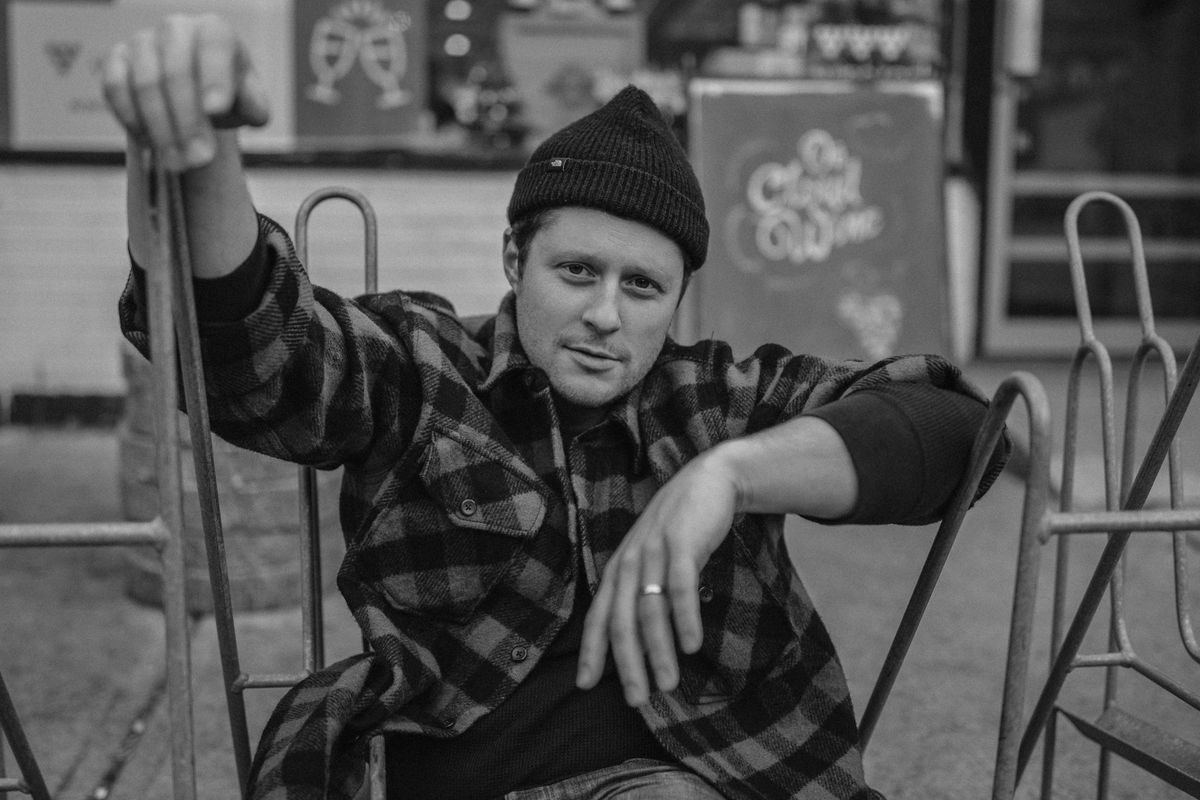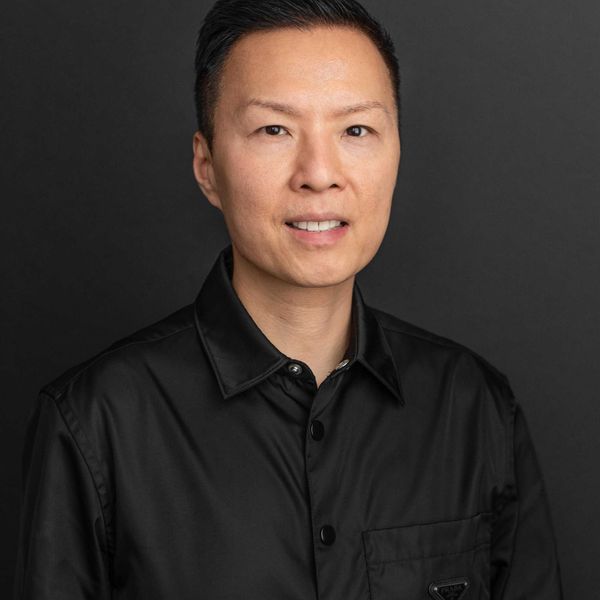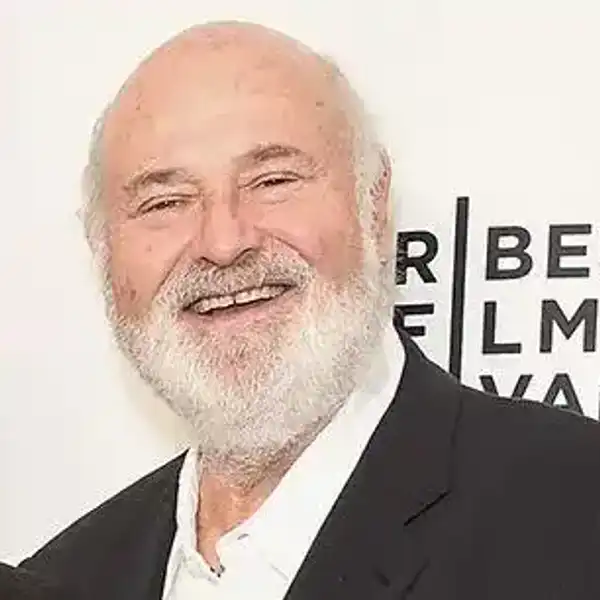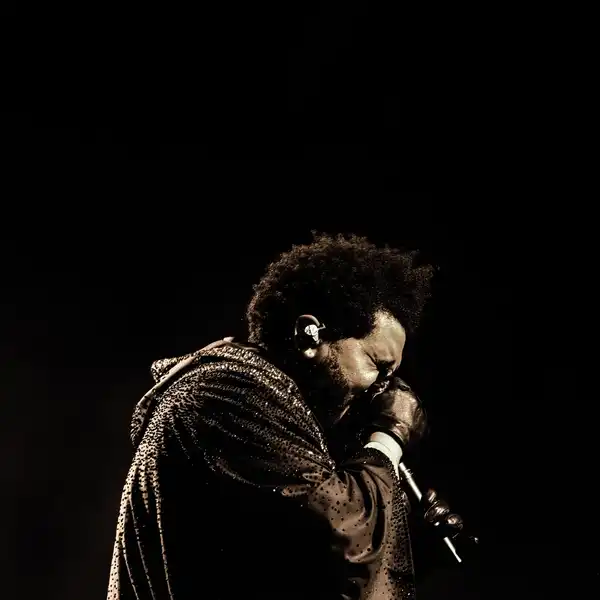Dave Charles Interviews Steve Jones, Sr VP, Brands & Content, Stingray Media
Steve Jones has a lot to offer when it comes to reading the tea leaves in broadcasting trends and Dave Charles poses the right questions to find answers to some of today’s conundrums.
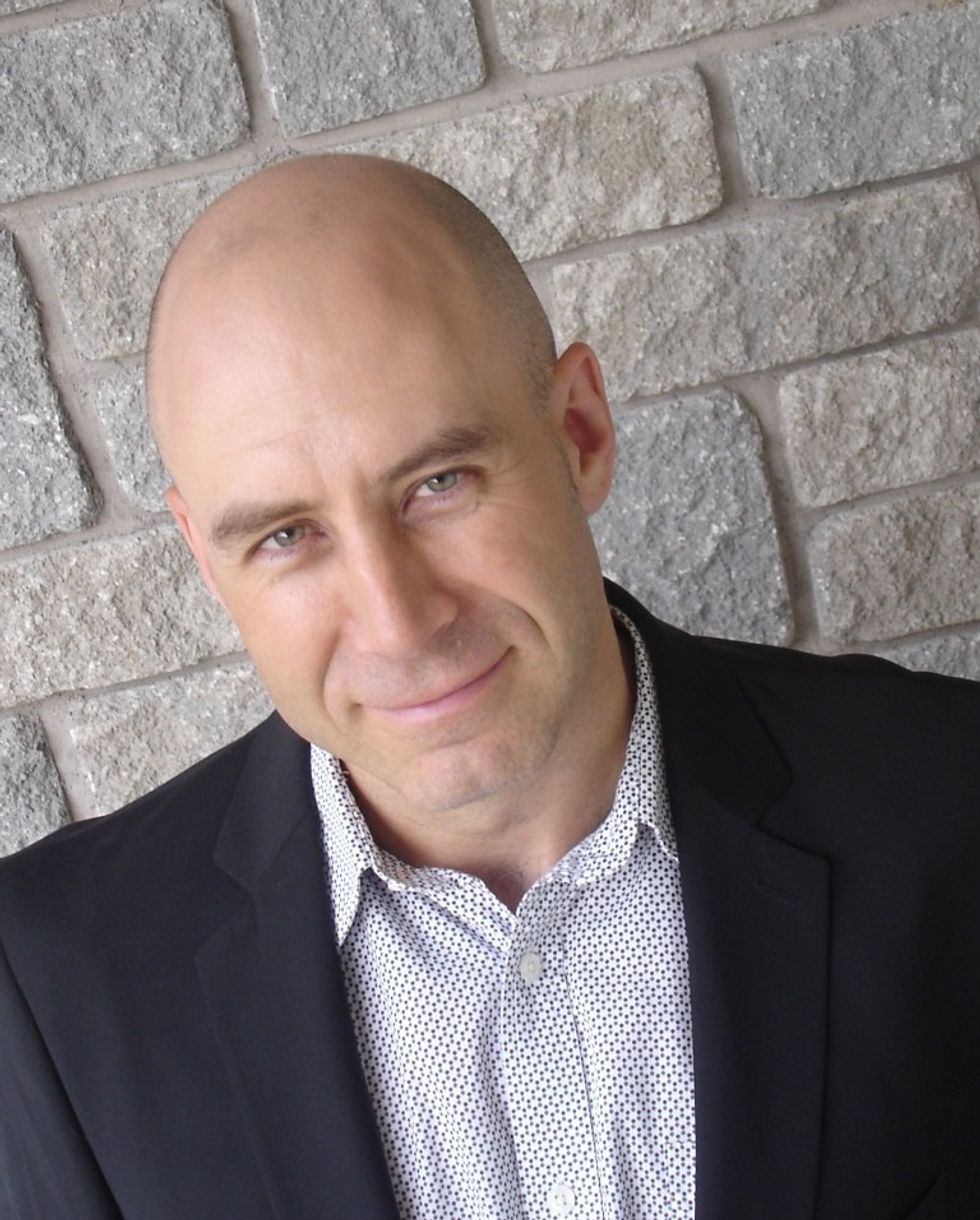
By Dave Charles
Steve Jones, Senior VP is one of Canada’s most successful content and brand managers. I had the opportunity to work with him on ‘A Day to Listen’ which ran on over 650 commercial radio stations in Canada and shed a light on the truth about Indigenous peoples and their fight for their land and basic human rights.
Steve is also one of Canada’s top keynote speakers and the author of two great books ‘Brand like a Rock Star and Start you UP.
He has always championed talents and format development. His Stingray stations continually rate well such as 97.3 BOOM FM Toronto and the NEW HOT 89.9 FM Ottawa. Both of these brands are fun to listen to and musically well-curated with superb marketing. I had a chance to catch up with Steve recently…
DC: Our radio readers would like to know your thoughts on how radio can change and grow to survive. What, in your view, are radio's current biggest challenges?
SJ: We are experiencing so many challenges, which are both daunting and exciting at the same time. The pre-pandemic trend of decreased radio tuning has been exacerbated by the pandemic, and our “new normal” is one with strange new commuting patterns and remote and hybrid office hours. So those things present interesting challenges for us. How do we design radio stations, dayparts, shows, and content to appeal to this new reality? Our old model was built for 9-5 office hours and 30-minute commutes in each direction. If that’s not how the world is going to function, how are we going to change to meet the needs of our audience?
One of the biggest challenges, however, is demonstrating to buyers the incredible value of 55+ listeners. Our decades-long obsession with 25-54 is not only inefficient today, but it has the potential to seriously hurt radio. Listeners over 40 or 50 have more disposable income, more freedom, and a higher desire to experience life’s luxuries. We’ve also learned that Gen X isn’t like the Baby Boomers before them. While previous generations became brand loyal early and didn’t embrace change, Gen Xers – now into their 50s – were raised on flux. They are not change-averse and brand-loyal like their parents! Demonstrating the value of consumers over 50 to ad buyers is essential for our business. That won’t be easy as so many in the buying community are young, raised on digital, and subject to the biases inherent in the worldview of a 27-year-old media buyer. And that’s just normal. We need to relentlessly demonstrate to them that consumers over 40 or 50 have huge value, and very few mediums are as efficient as radio is at reaching those consumers. Yes, we reach younger listeners too, but our bread and butter are the older demos.
DC: What do you hope the ‘Review of Radio’ should offer?
SJ: Just give Canadian radio a chance to thrive. Whether that is relaxed common ownership or more flexibility around Canadian content and content in general. We need to move our industry forward. Radio in the US and Australia is flourishing, but in Canada, it feels like we’ve stagnated a little. We need to inject life into our business through fresh ways of looking at old problems. Looking at Cancon through a 1970s MAPL lens makes no sense in 2023. Songs are written virtually by artists living all over the globe. Canadians are collaborating with artists everywhere. Songs don’t need to be “performed” in studios. So the MAPL system ultimately needs revisiting and updating.
But beyond that, listeners are no longer geographically limited in their audio consumption. We created a system that worked great to build an industry in a world where listeners were limited to Canadian radio stations. Today that’s no longer the case, and now the Canadian radio industry competes with every global media outlet online. Yet it does so with a significant regulatory burden on it.
DC: BOOM and HOT brands continue to rate well. What is the essence of your mass brand strategy?
SJ: We have gone down a path of brand alignment over the past few years. It just makes so much sense when it comes to sharing resources like marketing materials, imaging production, music research, voice tracks, and group promotions. It gives us tremendous flexibility when our brands match up market-to-market.
When you turn on boom in a small Alberta market, you’re hearing imaging production worthy of being on the air in Toronto. You’re hearing a combination of local and regional talent reflecting the market, alongside major market talent hosting remotely. Thanks to this kind of thinking, we’re able to provide absolutely first-class entertainment to markets that would otherwise struggle to create content of that quality.
DC: Radio contesting. Our research tells us that less than 2% of your active audience plays contests. Win an experience or ‘Back Stage Pass’ allows much more to a very few. Talk to us about your thoughts on contesting for radio local content or contesting, What’s more important?
SJ: Very few contests can actually move the needle in terms of ratings. The reality is that getting people to change their preferred radio station in order to win a prize is unlikely. I use the example of Starbucks. There is a Starbucks across the street from my office. I am a loyal customer and collect their silly stars to redeem for free drinks. For years there was a coffee shop right in my building, but I would rarely visit it because I love my Starbucks. If the coffee shop in my building had a contest to win a trip to LA to see The Eagles, would I change? Not a chance. Would I change for an entry form to win $10,000? Nope. The only time I went to the coffee shop in my building was on days when it was so cold I couldn’t bring myself to cross the street. The only time I changed my brand loyalty is when it made sense to me, a consumer.
So most of what we do in terms of contesting is designed to create experiences that reflect the brand back to the listener. Whether it is a local contest or a group contest, it should remind listeners why they chose that particular radio station, whether that is through the prize or the mechanics of the contest. The listener should feel the essence of the brand in the promotion. Ultimately I don’t think it matters if the contest is local, regional, or national. If a listener turns on the radio and engages in a contest or promotion, we’ve succeeded. And “engages” isn’t just taking part by actively entering the contest or promotion. A listener who mentally takes part, playing the game in his or her head as they drive into work, is engaged. And an engaged listener is a good thing.
DC: What should radio do to improve the local experience?
SJ: I don’t believe a listener has ever turned off a radio station or changed stations because they enjoy what they are hearing, so that’s job #1. Whether it is locally sourced or networked, we need to provide our listeners with a great listening experience. Nobody leaves a radio station they are enjoying. Certainly, there is something special in a host, show, or station that is truly in tune with the local market. That’s the ultimate goal. How can we provide them with a great listening experience that is in tune with the world they live in each day?
It is also worth considering what “local” means. In an inter-connected digital world, “local” to me is what people are talking about locally. That could be Donald Trump, Ukraine, or a broken water main downtown. What matters to people today in this city is local. But that doesn’t assume that the content is local in and of itself. Make the content locally interesting, no matter what.
DC: Voice tracking is the norm rather than the exception in mid-days, nights and weekends. Does voice tracking push radio more to the background mode for listeners? What are some of your tips for those who voice track shows to improve their appeal and connection?
SJ: If a voice track pushes radio more to the background for listeners, we need to do better. There is simply no reason we should let geography lessen the listening experience. The technology exists to create a great listening experience that provides foreground entertainment, no matter where it originates. We have some amazing talent on our team who work very hard every day to make sure this happens. They might cut local versions of breaks for certain markets, do separate shows for certain markets, or do anything that needs to be done to make sure their content resonates on a local level.
DC: Where should radio look for new talents? What’s the best way to develop new talent?
SJ: The most often-repeated answer to that question these days seems to be TikTok or YouTube, but the challenge is that successful creators on those platforms are usually extremely well-compensated appealing to a global audience, and a local radio show doesn’t usually excite them much. But we should look there just the same. We should be looking everywhere. Where are great storytellers? Where are great personalities? It could be the regular caller who always has a great story to tell. You should always be on the lookout for future talent, everywhere you go.
DC: Ratings: In our last meeting we talked about the current rating system. We know the challenges and problems. In your view is there a better way to measure radio listening?
SJ: I believe the current ratings system faces some serious challenges. People aren’t answering their phones for research or measurement. I don’t think they are as willing as they once were to take part in long-form surveys or engage in measurement that forces them to keep a diary or carry a device. This is a major challenge that we need to solve both in terms of the reliability of data and frequency of data. Digital platforms provide immediate consumption and attribution data, but radio can only provide consumption information every quarter or every year, and existing attribution data is even sketchier.
The good news is that organizations like Numeris and RadioCounts are actively working to solve these challenges. There are some very smart minds working on attribution models. We are getting there. My concern is that we can’t get there fast enough.
DC: Should we look at an aggregated system that measures all media platforms? Would that improve radio’s overall value?
SJ: From a ratings perspective, we need to find ways to make sure all tuning is rated, including streaming. Right now I think we have concerns that a lot of streaming tuning in PPM markets is going unmeasured.
Do I think we should include Spotify, Amazon Music, and Apple Music in radio/audio ratings? Absolutely not. Radio ratings are about radio consumption, not personal music streaming. Those streaming platforms haven’t replaced radio, they have replaced people’s personal music collections. People no longer own CDs or albums, and instead, they stream music. So there has always been audio like this being consumed by people away from radio. We didn’t measure how much time people spent with their cassettes or albums, and we shouldn’t measure the time people spend streaming their personal music collections now.

